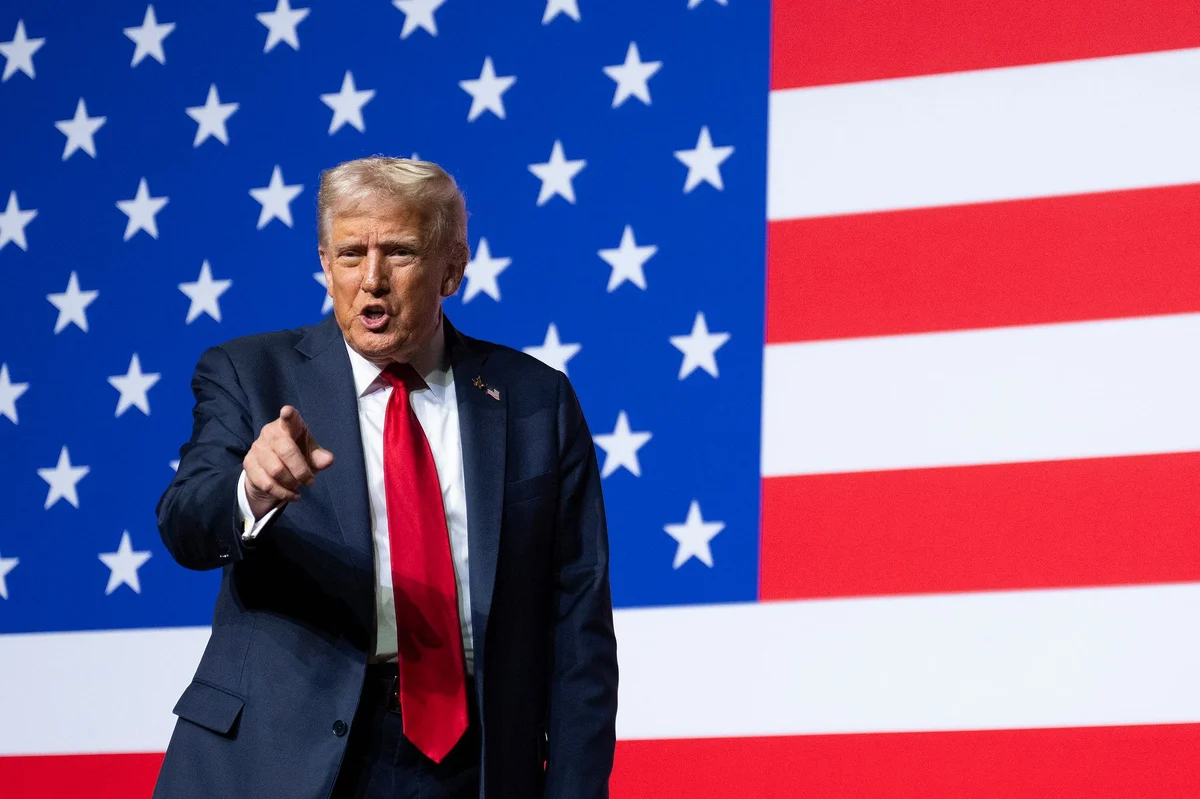By Michael Howie
Copyright standard

The US government shut down much of its operations on Wednesday as deep partisan divisions prevented Congress and the White House from reaching a funding deal.
The huge political split sets off what could be a long, gruelling standoff that threatens thousands of federal jobs.
There is no clear path out of the impasse, while agencies warned that the 15th government shutdown since 1981 would halt the release of a closely watched September employment report, slow air travel, suspend scientific research, withhold pay from US troops and lead to the furlough of 750,000 federal workers at a daily cost of $400 million (£297m).
US President Donald Trump, whose campaign to radically reshape the federal government is already on track to push out some 300,000 workers by December, warned congressional Democrats that a shutdown could clear the path for “irreversible” actions including cutting more jobs and programmes.
The shutdown commenced hours after the Senate rejected a short-term spending measure that would have kept government operations afloat through to November 21.
Democrats opposed the legislation over Republicans’ refusal to attach an extension of health benefits for millions of Americans that are due to expire at the end of the year. Republicans say the issue must be addressed separately.
At issue on the government funding front is $1.7 trillion (£1.26 trillion) for agency operations, which amounts to roughly one-quarter of the government’s total $7 trillion (£5.2 trillion) budget. Much of the remainder goes to health and retirement programmes and interest payments on the growing $37.5 trillion (£27.9 trillion) debt.
Independent analysts warn the shutdown could last longer than the budget-related closures of the past, with Trump and White House officials threatening to punish Democrats with cuts to government programs and the federal payroll.
Trump budget director Russell Vought, who has called for “less bipartisan” appropriations, threatened permanent layoffs last week in the event of a shutdown.
Wall Street futures slipped, gold struck a record high and Asian stocks wavered as investors worried about delays in the release of key data and the impact of job losses. The dollar hovered near a one-week low versus major peers.
The longest government shutdown in US history stretched over 35 days during December 2018 and January 2019 during Trump’s first term in office, in a dispute over border security.
“All they want to do is try to bully us. And they’re not going to succeed,” Senate Democratic leader Chuck Schumer said in a floor speech a day after a White House meeting with Trump and other congressional leaders that ended with the two parties far apart.
Senate Majority Leader John Thune described the failed short-term spending bill as a “nonpartisan” measure devoid of partisan policy riders that Democrats have had no problem accepting in years past.
“What’s changed is, President Trump is in the White House. That’s what this is about. This is politics. And there isn’t any substantive reason why there ought to be a government shutdown,” the South Dakota Republican told reporters.
Trump’s Republicans hold majorities in both chambers of Congress, but legislative rules require 60 of the 100 senators to agree on spending legislation. That means that at least seven Democrats are needed to pass a funding bill.
Democrats are under pressure from their frustrated supporters to score a rare victory ahead of the 2026 midterm elections that will determine control of Congress for the final two years of Trump’s term.
The healthcare push has given them a chance to unite behind an issue that resonates with voters.



